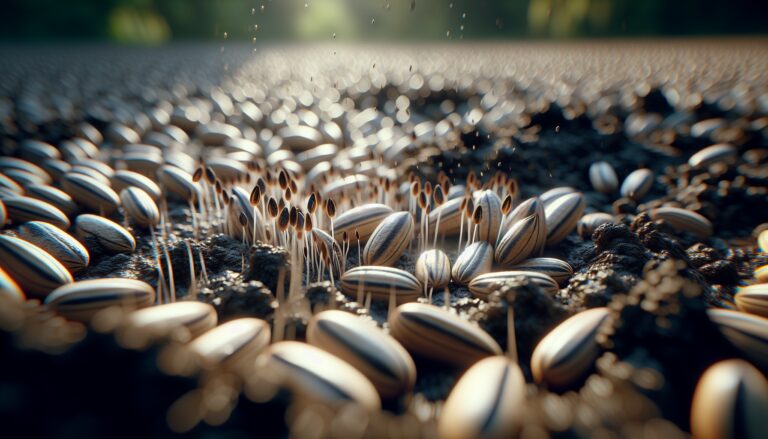Argomenti trattati
Understanding seed dormancy
Seeds are remarkable structures, designed to protect the plant embryo until conditions are right for germination. However, not all seeds are created equal when it comes to their dormancy mechanisms. Some seeds have thick outer shells that can inhibit water absorption, making it difficult for the embryo to break through. This is where soaking comes into play. By soaking seeds in warm water, gardeners can effectively soften these tough outer coatings, allowing moisture to penetrate and kickstart the germination process.
Which seeds benefit from soaking?
While soaking can be beneficial, it is essential to know which seeds truly require this treatment. Larger seeds, such as squash, beans, peas, and beets, often have tougher exteriors that can benefit significantly from soaking. According to gardening experts, soaking these seeds for a short period—typically between 8 to 12 hours—can enhance their ability to germinate. In contrast, tiny seeds with thin outer shells do not need soaking and may even suffer from clumping if submerged in water.
Best practices for soaking seeds
To maximize the benefits of soaking, timing is crucial. Gardeners should soak seeds just a day before planting, ensuring they are ready to germinate when placed in the soil. Additionally, it is important to avoid over-soaking, as prolonged exposure to water can lead to rot. For seeds with exceptionally hard coatings, scarification may also be necessary. This process involves nicking the seed coat to create an entry point for water, further aiding in germination. Master gardeners recommend using nail clippers to carefully nick the seed without damaging the interior.

